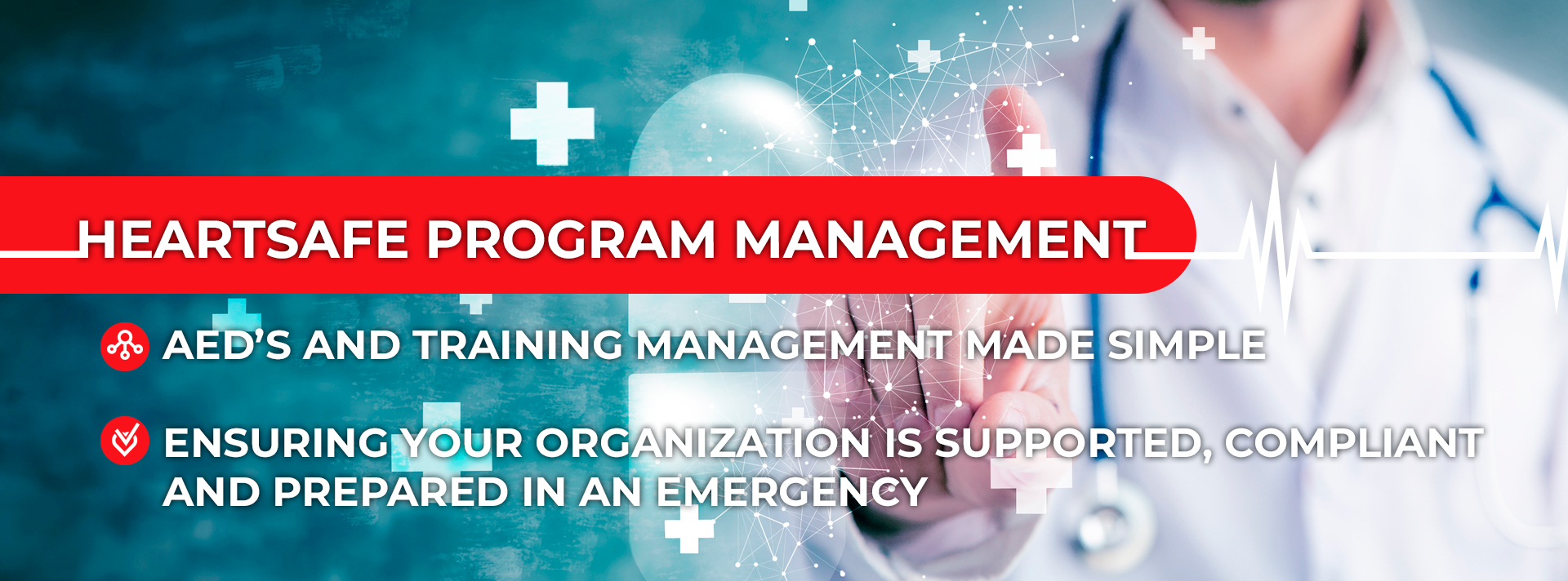
A Comprehensive Program Designed With You In Mind
AED’s and Training Management Made Simple
An All-inclusive Solution For Every Aspect of Your AED program
Publicly Accessible AEDs Save Lives
We understand that liability concerns and the responsibility of staying compliant with AED legislation can hinder the deployment of these life-saving devices.
Our AED Program is an all-inclusive solution that handles every aspect of your AED Program, so you can have the peace of mind that only comes with being prepared.
Our online software and connected mobile app are intuitive and simple to use, and backed by a passionate and proactive client support team, creating a comprehensive solution that is unmatched in the industry.
Make the choice today, it just may save the life of a coworker, friend or Ioved one.
Why Choose Us?


DESIGNED WITH YOU IN MIND.
As busy as life is, managing your AEDs should not add to your list. Intuitive and simple, our AED Program was planned from the ground up to give you everything that you need, and nothing that you don’t.
Whether a neighborhood church
With one AED, or a nationwide organization with several hundred, your program is tailored to fit your specific size and needs.


CREATED BY PROFESSIONALS
We understand what it means to use an AED and what must be in place both before and after an event.
We've partnered with some of the top Physicians
in the fields of Cardiology and Emergency Medicine, Doctors who are passionate about stopping the epidemic of Sudden Cardiac Arrest.
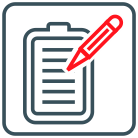
MEDICAL OVERSIGHT and EMS REGISTRATION
✓ Medical Oversight and Direction through our Nationwide Network of Leading Physicians
✓ Physician Prescription for each AED, renewed annually
✓ State/Local AED Registration
as required

CUSTOMIZED WEB PORTAL
✓ AED Tracking
✓ Site, Location, Serial Number:
Battery/Electrode Tracking
✓ Documented inspection histories
✓ CPR/AED Certification Tracking for
Trained Responders
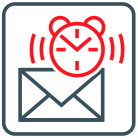
AUTOMATED EMAIL NOTIFICATIONS and ALERTS
✓ 60, 30 day Training Certification Expiration notifications
✓ Monthly Inspection email reminders
✓ Immediate notification alerts for failed AED inspections

COMPLETE POST EVENT SERVICES
✓ AED data download, Physician review, and required Post Event reporting
✓ AED inspected, re-stocked, cleaned and returned
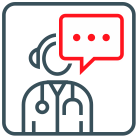
ONGOING SUPPORT
✓ Assistance with AED protocol/configuration updates
✓ On-going Liability and Safety consultation

MOBILE and ADVANCED
✓ QR/Barcode scanning functionality
✓ Remote Monitoring lntegration Options
FAQ
AED Program Management and Physician Oversight are legal requirements in most states throughout the Nation, including California. Federal Law also requires that publicly placed AED’s be under the management of a Physician. These laws typically require state/local EMS agency notification, documented AED maintenance checks, emergency policies, training certifications, and post Sudden Cardiac Arrest Physician review.
HeartSafe Services handle all of these legal components so you don’t have to. We also keep track of all of your supplies, letting you know when new supplies are needed, so you can have confidence that your AED is ready when an emergency strikes.
An “AED (Automated External Defibrillator) Event” is defined as any event that requires you to turn your AED on and apply pads to a patient. Even if the AED does not indicate a shock, this is still classified as an event, and must be reviewed by a physician.
If there is an AED Event at your organization call 911, begin CPR and apply your AED immediately. For a complete review of your emergency protocols click on the “Protocol” Tab within your portal. Once the emergency AED event is over simply call us, or log in to HeartSafe Services, and click on the “Report Event” button. We will be notified immediately, and we will overnight you a temporary replacement AED with a postage-paid return box for your used AED. Upon receiving, we will refurbish and resupply your AED, download the event data, and review the event with one of our Physicians. We will then complete the necessary notifications and provide you with a copy of the post-event report.
If available, place your back-up set of pads into the AED as soon as possible after the event, so that your AED is immediately ready for use. If you do not have back-up pads available, the AED may chirp to alert you that it is not ready for use. Please do not remove the battery to stop the chirping. Removing the battery can potentially remove event data from the device.
When you report an AED event, either by phone or through HeartSafe Services, we are notified and the post-event process begins immediately. We send you a temporary replacement AED by one-day air, with a self-addressed return box for you to place your used AED into and send back to us. There is no need to send us the used pads, these can be disposed of as standard trash, or brought to your nearest Electronics recycling center. When we receive your AED we will immediately review the event data with one of our physicians to ensure that the AED worked properly. Once this is done we will resupply your AED and ensure it is ready for use at no cost to you, and send it back to you. We will include a self-addressed return box for you to send the loaner AED back to us. Place your original AED back in its place, and you are ready!
Performing monthly checks is a quick and easy process. Simply view your AED to ensure that the Readiness Indicator is positive, check your pads and battery to ensure they are within date, take a quick look to make sure your AED shows no signs of damage or tampering, and your monthly check is complete!
Your AED also performs daily, weekly, and monthly automated checks internally, and indicates the results of these tests via the Readiness Indicator. In addition, we track the expiration dates of your supplies within the program and automatically alert you when new supplies are needed.
To record your Monthly Checks for all of your AED’s at once, simply log on to HeartSafe Services and click the green Complete Monthly Check button just below the map, or to perform a monthly check for a specific Site, click on that particular Site balloon on the map and click the Complete Check button that appears.
Select the AED’s you’d like to perform a check for, and if your AED is in a ready state click the Selected Checks OK button and your Check is complete! If there are any issues with your AED, click the blue Record button for that AED and a pop-up box will appear with multiple options; click on the appropriate choice and/or write in the Notes box. We will be notified immediately and will contact you within the next 24 hours to correct the issue.
Monthly checks must be recorded by the last day of each month. We will send you a reminder email on the 23rd, 27th, and last day of the month if you have not yet completed your Readiness Check for the current month.
readiness indicator is the indicator that is located on the top of your AED, usually in the right corner for most manufacturers. Your AED goes through a series of daily, weekly, and monthly internal self-tests to ensure that it is ready for use in an emergency. These tests create internal shocks, check circuitry, check battery life and can even check the conductivity of the gel on the pads. A green flashing light, green check-mark, or OK symbol indicates that your AED has passed all of its tests and is ready for use. A negative indicator is denoted by a red flashing light, a red X, or some other symbol denoting trouble with your AED, often accompanied by an intermittent chirping sound.
If your AED fails any of its internal tests, the readiness indicator will switch to a red flashing light, a red X, or some other symbol denoting trouble with your AED, often accompanied by an intermittent chirping sound. Some AED’s have information buttons, such as a “?” that you can push to gain more information about the problem. If your AED shows a negative readiness indicator for any reason please contact us immediately, either through HeartSafe Services, or by phone or email, and we will work with you to identify the issue and correct it.
Do not remove the battery from your AED for any reason. This takes your AED out of ready condition, and can erase any recent data from the device. If your device is chirping for any reason, please contact us immediately and we will work with you to identify the issue and correct it.
We track the expiration dates of all of your AED’s supplies. When any of your device’s supplies (Batteries, Adult pads, Pediatric pads, back-up pads) come within 60 days of their expiration date, we will immediately notify you of the need for new supplies. If supplies are included in your enrollment plan your supplies will be sent to the appropriate Sites automatically. When you receive new pads simply detach the expired or used pads, and attach the new pads to the device. Back-up and pediatric pads can be placed with the device, though not attached.
When you receive a new battery, simply take out the old battery which can be recycled at your nearest battery recycling receptacle or sent back to us for recycling. Place the new battery into the device, and follow any audible prompts from the AED to test it and put it into a ready condition.
Any AED placed outside of the home is considered a Public Access Defibrillator, even if it is only accessible by your employees. As a component of your Public Access Defibrillation program Federal and State law require that your AED be inspected for readiness at a minimum monthly frequency.
By performing and recording Monthly Checks you have the peace of mind that your AED program conforms with current AED legislation, thereby protecting your organization from potential liability.
All of your program data and Checks are recorded on our system and backed-up in multiple redundant locations on multiple servers, so you know that your data is safe. Your inspection records are also printable and downloadable from our portal.
All new AED’s come with a manufacturer’s warranty ranging from 5 to 10 years. We track your warranty date and alert you when you are within one month of your warranty expiration. If your AED requires any warranty work or replacement, we will assist you in working with the manufacturer to fix or replace your AED.
Certain AED Models, including Philips and Defibtech, have an “Install by” date written on the back of the Battery. This is not the Expiration date of the Battery. This date is the date that the battery must be installed by in order to ensure a full battery life from the time of install. Think of it as the battery’s shelf-life. “Install by” dates are generally listed as 5 years from the date of manufacture, though the life of these batteries once installed is only around 4 years. We keep track of your battery life and alert you of the need for a replacement before yours is depleted.
Occasionally we have your AED pads sent straight from the manufacturer, in which case we do not get the exact expiration date of the pads, as these can vary by a few months. In these situations we list a conservative date that we know will be in advance of the expiration, and send you the pads based on that date. As a result you may receive your new pads when your current pads still have a couple of months left before expiration. As all supplies are free, we recommend you replace the pads immediately to ensure that your AED is always ready for use.
Expired or used AED Pads and Batteries should be brought to your nearest Electronics recycling center.
All 50 states and the District of Columbia now include using an AED as part of their Good Samaritan laws. In addition, On November 13, 2000 President Clinton signed the federal “Cardiac Arrest Survival Act”, now Public Law 106-505. These laws encourage the placement of AED’s, and provide legal immunity and protection to organizations, building owners, and individuals who act in good faith in purchasing or using an AED in an attempt to save a life.
In fact, mounting evidence is showing that not having an AED may put your organization at greater risk. A Florida jury found Busch Gardens negligent in the case of a sudden cardiac arrest death, for not properly training its employees to provide emergency care and for failing to have essential medical equipment, including a defibrillator, on the premises, resulting in significant damages paid.
Management Program Pricing
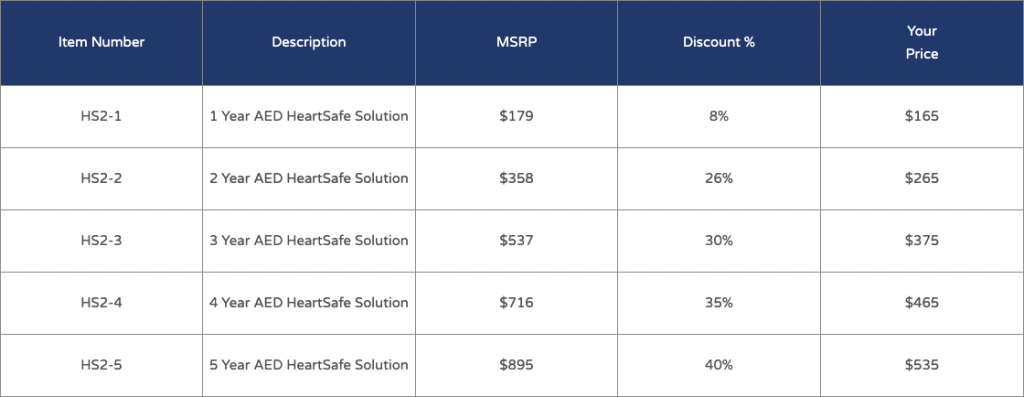
Utilizing an intuitive web-based monitoring system, a unique portal will be tailored Just for you and your organization Tracking and maintaining your Safety program, and
ensuring State and Federal compliance becomes easy, efficient, and accurate.
Built on a safe and secure platform, your records and data are protected, backed-up, and always immediately available
